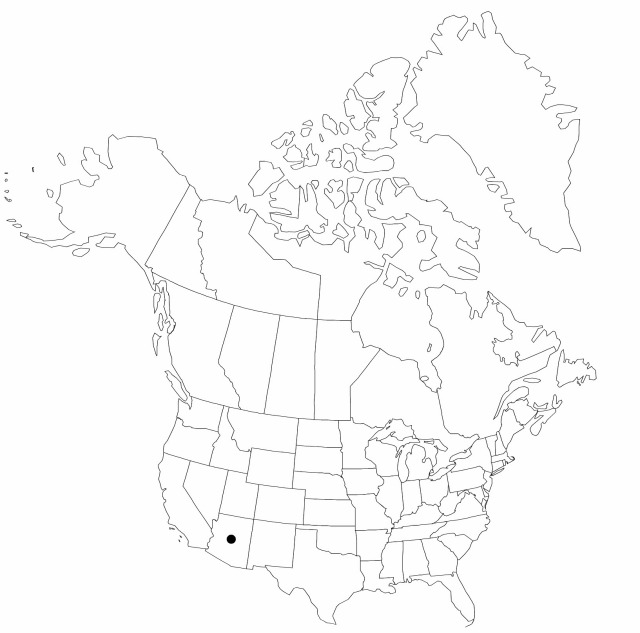Difference between revisions of "Cyperus dentoniae"
Syst. Bot. Monogr. 2: 56. 1983.
FNA>Volume Importer |
FNA>Volume Importer |
||
| Line 11: | Line 11: | ||
|name=Mariscus pubescens | |name=Mariscus pubescens | ||
|authority=J. Presl & C. Presl | |authority=J. Presl & C. Presl | ||
| + | |rank=species | ||
|publication_title= | |publication_title= | ||
|publication_place=1828 | |publication_place=1828 | ||
| Line 17: | Line 18: | ||
|name=Cyperus flavomariscus var. peduncularis | |name=Cyperus flavomariscus var. peduncularis | ||
|authority=Britton | |authority=Britton | ||
| + | |rank=variety | ||
}} {{Treatment/ID/Synonym | }} {{Treatment/ID/Synonym | ||
|name=Cyperus flavus var. peduncularis | |name=Cyperus flavus var. peduncularis | ||
|authority=(Britton) Kükenthal | |authority=(Britton) Kükenthal | ||
| + | |rank=variety | ||
}} | }} | ||
|hierarchy=Cyperaceae;Cyperus;Cyperus subg. Cyperus;Cyperus dentoniae | |hierarchy=Cyperaceae;Cyperus;Cyperus subg. Cyperus;Cyperus dentoniae | ||
| Line 44: | Line 47: | ||
-->{{#Taxon: | -->{{#Taxon: | ||
name=Cyperus dentoniae | name=Cyperus dentoniae | ||
| − | |||
|authority=G. C. Tucker | |authority=G. C. Tucker | ||
|rank=species | |rank=species | ||
| Line 59: | Line 61: | ||
|publication year=1983 | |publication year=1983 | ||
|special status= | |special status= | ||
| − | |source xml=https://jpend@bitbucket.org/aafc-mbb/fna-data-curation.git/src/ | + | |source xml=https://jpend@bitbucket.org/aafc-mbb/fna-data-curation.git/src/f50eec43f223ca0e34566be0b046453a0960e173/coarse_grained_fna_xml/V23/V23_324.xml |
|genus=Cyperus | |genus=Cyperus | ||
|subgenus=Cyperus subg. Cyperus | |subgenus=Cyperus subg. Cyperus | ||
Revision as of 20:07, 16 December 2019
Herbs, perennial, cespitose, shortly rhizomatous. Culms 1–4, trigonous, (2–)20–50(–80) cm × (0.8–)1.5–2(–2.8) mm, basally glabrous or nearly so, apically hispidulous, on faces and angles distally, especially so immediately proximal to bracts. Leaves 2–5(–7), V-shaped, (5–)15–30(–45) cm × (1.5–)2.5–5(–8) mm. Inflorescences: spike 1 (occasionally 1–2 smaller sessile spikes at base), densely cylindric, (7–)11–20(–25) × (5–) 7–10(–12) mm; rays 3–6(–10), (1–)3–6(–18) cm, rays and rachis hispidulous; bracts 4–8(–10), ascending at 30–60°, V-shaped, (2–)10–25(–45) cm × (1–)3–6(–8) mm; rachilla deciduous, wings persistent, 0.3–0.4 mm wide. Spikelets (20–)70–120(–140), oblong-ellipsoid to oblong-lanceoloid, ± terete to quadrangular, (2.2–)3.4–4.5(–5.6) × (0.8–)0.9–1.2(–1.3) mm; distal spikelet spreading or ascending; floral scales 1(–3), appressed, stramineous, red-spotted, strongly 3(–4)-ribbed on either side of green part, medially weakly 3-ribbed, ovate to elliptic ovate, (2.4–)2.8–3.3(–3.6) × 1.6–2 mm, apex acute, mucronulate from excurrent midrib. Flowers: anthers (0.3–)0.4–0.6 mm; styles 0.4–0.6(–0.8) mm; stigmas 1–1.4 mm. Achenes brown, stipitate, ellipsoid, (1.6–)1.8–2 × (0.7–) 0.8–0.9 mm, stipe 0.1–0.2 × 0.2 mm, apex ± truncate, apiculate, surfaces puncticulate to glabrous.
Phenology: Fruiting mid summer–fall (Jul–Sep).
Habitat: Various dry, open environments
Elevation: 500–1000 m
Distribution

Ariz., Mexico, Central America, South America.
Discussion
Cyperus dentoniae was not treated in G. Kükenthal’s monograph (1935–1936), apparently because he did not see any materials of the species. The plant has been treated as “C. asper (Liebmann) O’Neill,” a name based on Mariscus asper Liebmann and a synonym of C. mutisii (A. B. Ayers 1946).
Selected References
None.
